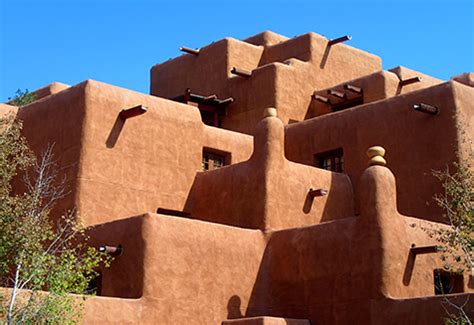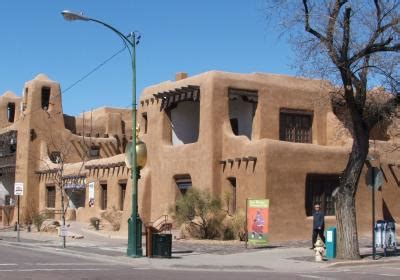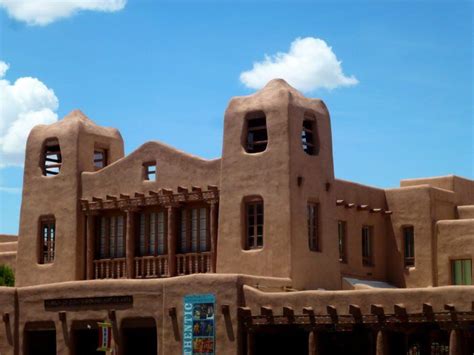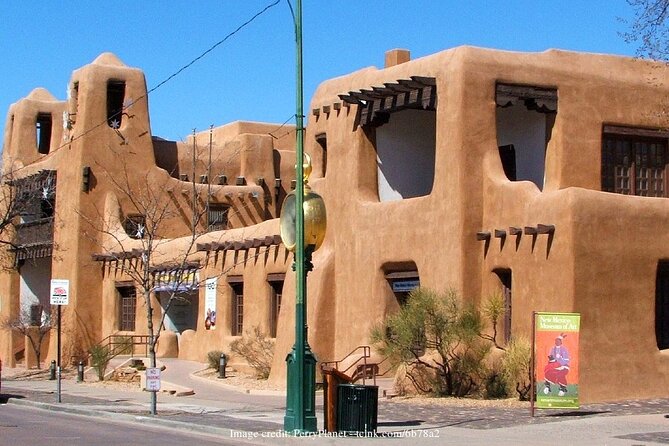Cityscape painting has long served as a window into the soul of urban environments, capturing the essence of cities across time and space. From the earliest depictions of bustling streets and towering structures to modern interpretations that blend realism with abstract expression, cityscape art reflects the dynamic evolution of urban life. This article delves into the rich history of cityscape painting, exploring the techniques and styles that define the genre, the influential artists who have shaped its development, and the cultural significance embedded in each brushstroke. We will also examine how regional differences and the impact of urbanization have influenced cityscape art, offering a comprehensive view of this captivating artistic tradition.
Explore this topic in-depth with ritarblog.com
1. Historical Evolution of Cityscape Painting
Cityscape painting has its origins in ancient art, where early portrayals of cities were incorporated into larger narratives within frescoes and mosaics. However, it wasn’t until the Renaissance that cityscapes emerged as a unique artistic genre. Artists such as Canaletto and Piranesi in the 17th and 18th centuries were instrumental in popularizing cityscape painting, capturing the magnificence and intricate details of urban centers like Venice and Rome. These works not only documented architectural wonders but also conveyed the vibrant energy of city life.
The 19th century witnessed the rise of Impressionism, a movement characterized by artists like Camille Pissarro and Gustave Caillebotte who captured the nuances of light and atmosphere in urban settings. This era marked a departure from purely representational art, embracing more expressive interpretations. The 20th century continued this exploration with modernist artists like Edward Hopper and Georgia O’Keeffe, who brought fresh perspectives and abstract elements to their depictions of cityscapes.
The growth and transformation of cities have mirrored the evolution of artists’ approaches, as they capture the shifting landscapes and social dynamics of urban life. Cityscape painting, ever-evolving, blends traditional techniques with contemporary influences.

2. Key Techniques and Styles in Cityscape Art
Cityscape art is characterized by a diverse array of techniques and styles that have developed to encapsulate the distinctive nature of urban settings. Early artists utilized meticulous linear perspective to achieve depth and realism in their depictions of cities. This technique, perfected during the Renaissance, enabled accurate representations of architecture and spatial relationships, breathing life into urban landscapes on canvas.
As the genre evolved, artists embraced experimentation, seeking new ways to express themselves. The Impressionists, for example, concentrated on capturing the transient effects of light and atmosphere within their cityscapes. Their loose brushstrokes and vibrant colors conveyed the mood and energy of urban life, often painted directly from nature (en plein air) to observe the dynamic changes in their surroundings.
The 20th century saw a shift towards introspection in art, spearheaded by modernists like Edward Hopper. Employing stark compositions and dramatic lighting, they delved into themes of isolation and anonymity within the urban landscape. Abstract artists further contributed to this exploration by deconstructing cityscapes into geometric forms and vibrant color blocks, highlighting the emotional and psychological weight of city life.
Cityscape art, reflecting the dynamic nature of urban environments, has embraced techniques like impasto, where thick layers of paint create texture, and the use of unconventional materials.

3. Influential Artists in Cityscape Painting
The evolution of cityscape painting has been shaped by numerous influential artists who brought their unique perspectives to the genre. Canaletto, an 18th-century Venetian artist, is renowned for his detailed and precise depictions of Venice. He captured the city’s architecture with unparalleled accuracy, and his works became iconic representations of urban grandeur.
During the 19th century, Impressionist artists such as Camille Pissarro and Gustave Caillebotte transformed the way cityscapes were painted. Their works focused on capturing the vibrancy of light and color, as well as the dynamic energy of modern urban life. Pissarro’s depictions of Parisian streets and Caillebotte’s portrayals of urban scenes offered a novel and energetic perspective on the city.
Edward Hopper, a pivotal figure in 20th-century American art, brought a contemplative, often melancholic perspective to the depiction of urban environments. His cityscapes, like the iconic “Nighthawks,” delve into themes of isolation within the urban context, reflecting the evolving social landscape.
Contemporary artists, such as Richard Estes and Stephen Wiltshire, continue to push the boundaries of cityscape painting. They utilize hyperrealism and meticulous detail to capture the complexity and vibrancy of modern cities. These artists have left an enduring mark on the genre, each contributing to its rich and diverse legacy.

4. Cultural Significance and Interpretation
Cityscape painting carries deep cultural weight, acting as a visual chronicle of urban development and a mirror to societal beliefs. Through the perspective of cityscape art, we can follow the expansion and metamorphosis of cities, preserving moments that illustrate the cultural, economic, and social changes within urban settings.
While often depicting urban landscapes, these paintings transcend mere representation, offering insightful interpretations of city life. Artists like Edward Hopper, for instance, utilized cityscapes as a canvas to explore themes of loneliness and isolation, exposing the psychological impact of urbanization. Conversely, the vibrant works of the Impressionists celebrate the energy and movement of cities, reflecting the optimism and dynamism of a rapidly modernizing world.
Cityscape paintings serve as cultural symbols, embodying the identity and spirit of the places they depict. Whether showcasing the grandeur of Venice’s canals or the towering skyscrapers of New York, these artworks capture the essence of their locations. By doing so, they allow viewers to connect with the cultural heritage and history embedded in urban spaces.
5. Modern Trends and Innovations in Cityscape Art
Cityscape art has seen a revival in recent years, fueled by modern trends and innovations that have pushed the genre’s boundaries. Contemporary artists are exploring new materials, techniques, and viewpoints to capture the dynamic evolution of urban landscapes.
A notable trend in cityscape painting is the integration of digital technology. Artists are employing digital tools to create hybrid works that seamlessly blend traditional painting with digital media. These innovative pieces feature vibrant, multilayered compositions, reflecting the multifaceted nature of modern cities. This fusion of techniques fosters greater flexibility and creativity, allowing artists to explore novel approaches to depicting urban landscapes.
Cityscape art is embracing a new wave of innovation by exploring diverse cultural narratives. With global cities becoming increasingly multicultural, artists are delving into the distinct cultural identities and stories that are woven into urban environments. This shift has brought about a broader range of perspectives in cityscape painting, reflecting the vibrant tapestry of life in these diverse urban centers.
Furthermore, the growing awareness of environmental issues has impacted cityscape art, as artists explore the relationship between urban development and the natural world. These artworks frequently portray cities coexisting peacefully with nature, presenting a vision of sustainable urban living.
Contemporary cityscape art reflects the ever-changing nature of urban environments and the multifaceted lives of their inhabitants, driving the genre towards innovative and captivating expressions.
6. Cityscape Painting in Different Regions
Cityscape painting is a diverse art form, with each region showcasing its own unique blend of architectural styles, cultural influences, and urban landscapes. In Europe, cityscapes frequently spotlight historic architecture, capturing the harmonious interplay of old and new structures. Artists such as Canaletto, renowned for his breathtaking depictions of Venice, have immortalized the timeless beauty of these cities. European cityscapes often emphasize the intricate details of historic buildings and the rich cultural heritage woven into the fabric of urban life.
In contrast, North American cityscape painting frequently emphasizes the modernity and scale of cities. Artists such as Edward Hopper have depicted the vastness and sometimes stark reality of urban life, especially in cities like New York, where towering skyscrapers and bustling streets dominate the compositions.
Asian cityscape art often fuses traditional motifs with modern urban landscapes, highlighting the swift evolution and diverse culture of cities such as Tokyo and Hong Kong. These works frequently juxtapose ancient temples against futuristic skyscrapers, capturing the region’s dynamic interplay between the past and the present.
Cityscape painting, a global reflection of urban life, is enriched by the unique perspectives each region brings to the canvas, resulting in a diverse and vibrant tapestry of artistic expressions.
7. The Impact of Urbanization on Cityscape Art
Urbanization has had a deep impact on cityscape art, shaping both its style and the themes it explores. As cities grow and change, cityscape paintings increasingly capture the vibrant and intricate realities of contemporary urban living.
Urbanization has profoundly influenced the subject matter of cityscape paintings. Historically, artists emphasized architectural grandeur and iconic landmarks, presenting a static, idealized vision of cities. However, as urban landscapes have become increasingly complex and dynamic, contemporary artists have embraced the challenge of capturing the vibrant activity, intricate infrastructure, and evolving social fabric of modern cities.
The rapid pace of urban development has placed an emphasis on the themes of change and transformation. Artists now explore the contrasts between old and new structures, highlighting issues like gentrification and the erosion of historical character amidst modern progress. This results in cityscapes that convey a sense of fleeting moments and spaces in constant evolution.
Urbanization has also brought fresh perspectives to cityscape art, such as aerial views and abstract interpretations. These innovative approaches highlight the complexity and scale of modern cities, providing new ways to understand how urbanization shapes our visual and cultural perception of urban environments.
Cityscape painting has evolved significantly, reflecting the dynamic changes in urban environments through various techniques and styles. From historical depictions of architectural grandeur to contemporary explorations of urban life and transformation, cityscape art offers a unique lens into the essence of cities. Influential artists and modern trends continue to shape the genre, capturing both the beauty and complexity of urban landscapes. As cities evolve, so too will the art that represents them, ensuring that cityscape painting remains a vital and ever-changing reflection of our urban world.
ritarblog.com

